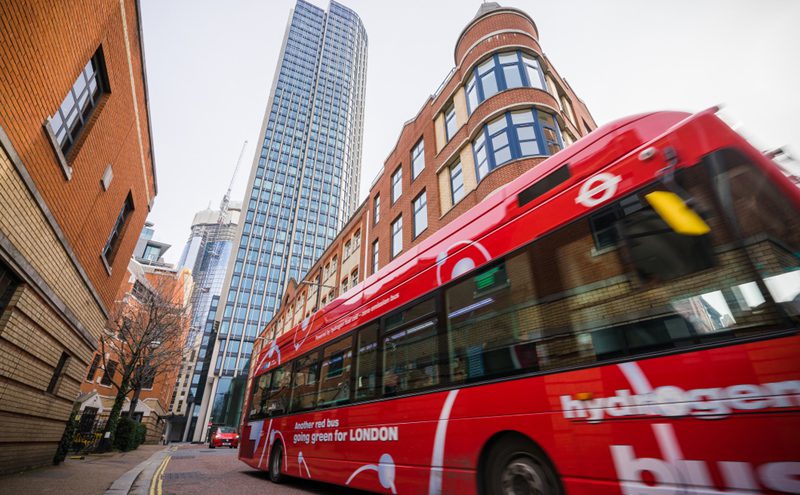
Jenifer Baxter, Head of Engineering at the Institution of Mechanical Engineers, has issued a statement in response to 21 June’s national Clean Air Day, in which she reiterated her organisation’s recent calls for greater monitoring to allow clearer thinking on how air pollution ought to be tackled.
“The Institution identified earlier this year that the Government’s draft Clean Air Strategy was a missed opportunity to provide greater clarity on how monitoring equipment and systems will be developed in order to inform decision making.
“This year the Institution has drawn attention to the potential changes in the transport and energy systems that we could make that could help improve the quality of the air we breathe across the UK.
“In our A Breath of Fresh Air report released in January this year, we called for a Clean Air Act, and went further to call for a coherent and consistent monitoring of transport emissions so informed targets can be set. We recommended incentives for freight deliveries outside peak hours and highlighted the potential to retrofit diesel trains to cut emissions while trains are standing at platforms.
“More recently, our report on Energy from Gas identified the possibilities for hydrogen that can be used in all areas of our energy system producing a low particulate and low greenhouse gas emissions fuel for transport, reducing the CO2 emissions from our heating systems, reused to generate electricity as well as providing a greener feedstock for industries such as ammonia and plastics production.
“We need to monitor our emissions much more effectively in all parts of the UK as this will provide better evidence relating to emissions and help us decide on the best solutions for our communities. In particular we would like to see the Department for Environment, Food & Rural Affairs work with the Department for Transport to introduce emission monitoring equipment across our transport network (e.g. in streets, underground stations, enclosed railway stations, ports, airports) along with real-time on-vehicle monitoring.”






